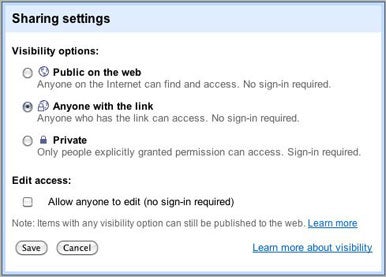I wanted to show everyone how to embed a video into your SchoolWires page.
Here is a new page I created on SchoolWires, but this can work for existing pages as well. At the bottom of the page, there is a button labeled HTML. This is the computer code part of your page. Click on this button.
Next, go to the YouTube video you want to place on your page. 1: Click on the "Share" button. 2: Click on the Embed button. 3: Copy the code in the box underneath the video.
Head back to the Page Editor and paste the code into the box. If you already have text and other information there, place the YouTube code in the spot you would like to see the video. Once you have the code in the HTML box, click the normal box in the lower left hand corner.
You will be taken to the Normal view and you should see the video in the box. You can highlight the video and center adjust it if you would like. When you have finished all of your work, you can click "Save" and your video will be available to all to see.
Having the videos on your site is a nice way for kids to get the material without having to leave the page. It takes some getting used to, but embedding video is a valuable skill to pick up when running a school website.
Give it a try!






